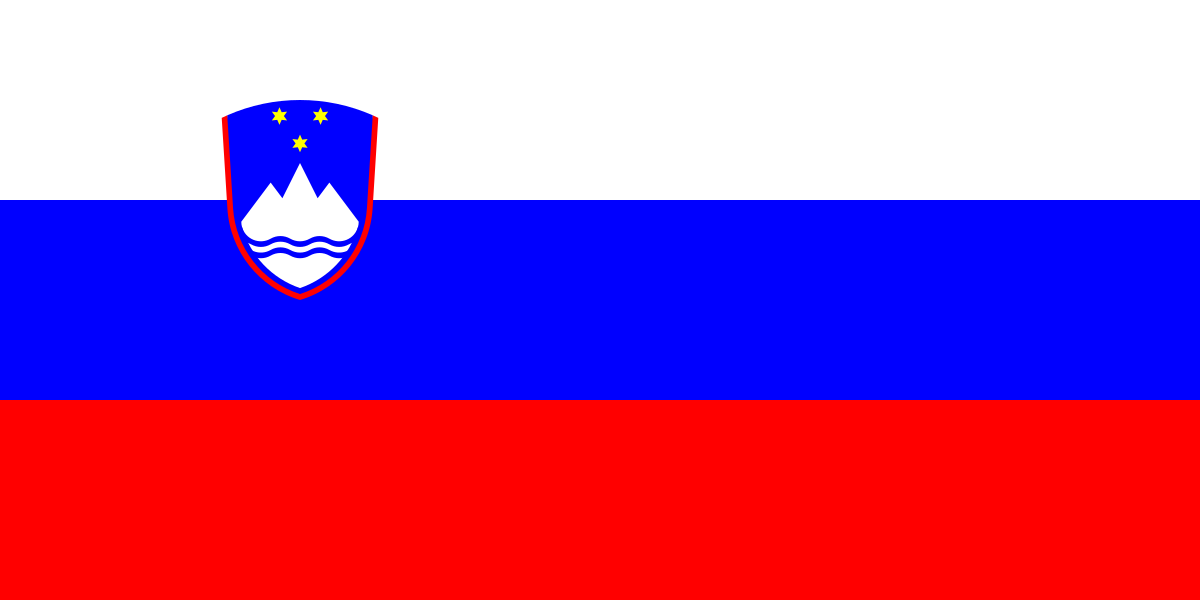Slavic Flags: A Journey Through History and Symbolism
The flags of Slavic countries, with their striking red, white, and blue color schemes, often evoke a sense of shared heritage and unity. But how did these flags come to be, and what do their colors represent?
The Origins of Pan-Slavism
The roots of Slavic flag design can be traced back to the Pan-Slavic movement of the 19th century. This movement, which aimed to unite the Slavic peoples of Europe, adopted a flag featuring red, white, and blue stripes. This flag, known as the Pan-Slavic flag, was first raised in 1848 during the Prague Congress of Slavs.
Influence of the Russian Flag
The colors of the Pan-Slavic flag were heavily influenced by the Russian flag, which itself had a fascinating history. The Russian flag, with its white, blue, and red stripes, was adopted in 1705 by Peter the Great. The white stripe represented peace and purity, the blue symbolized loyalty and honesty, and the red represented courage and love for one's homeland. It's believed that the Russian flag was inspired by the Dutch flag, which featured orange, white, and blue, with the orange later being replaced with red.
Slavic Flags: A Diverse Tapestry
While the Pan-Slavic flag provided a common visual symbol, the individual flags of Slavic countries have evolved and developed their own unique meanings. Let's take a closer look at seven Slavic flags and the stories they tell:
1. Serbia

The Serbian flag features a red, blue, and white tricolour, with the coat of arms of Serbia centered on the white stripe. The red symbolizes courage and bravery, the blue represents loyalty and honesty, and the white stands for peace and purity. The coat of arms, depicting a double-headed eagle, dates back to the medieval Serbian Empire.
2. Croatia

The Croatian flag is a red, white, and blue tricolour with a checkerboard pattern, known as the "šahovnica," in the upper left corner. The red stripe represents courage and sacrifice, the white stands for purity and peace, and the blue symbolizes loyalty and honesty. The checkerboard pattern, with its 25 red and white squares, symbolizes the 25 historical counties of Croatia.
3. Slovenia

The Slovenian flag is a white, blue, and red tricolour with the Slovenian coat of arms in the center. The white stripe symbolizes peace and purity, the blue represents loyalty and honesty, and the red represents courage and sacrifice. The coat of arms, featuring a mountain peak with a blue wave below it, symbolizes Slovenia's geography and its connection to the sea.
4. Slovakia

The Slovakian flag is a white, blue, and red tricolour with the Slovakian coat of arms on the left side. The white stripe represents peace and purity, the blue symbolizes loyalty and honesty, and the red stands for courage and sacrifice. The coat of arms, featuring a double cross, is a symbol of Slovakia's Christian heritage.
5. Czechia

The Czech flag is a white, red, and blue tricolour, with the white stripe representing peace and purity, the red symbolizing courage and sacrifice, and the blue representing loyalty and honesty. The flag is similar to the Slovakian flag, but without the coat of arms.
6. Bulgaria

The Bulgarian flag is a white, green, and red tricolour, with the white stripe representing peace and purity, the green symbolizing hope and fertility, and the red representing courage and sacrifice. The colors are also associated with the Bulgarian national anthem, which mentions "white and green, red for the homeland." The flag was first adopted in 1878.
7. Russia

As mentioned earlier, the Russian flag, with its white, blue, and red stripes, has been a symbol of the country since 1705. The white stripe represents peace and purity, the blue symbolizes loyalty and honesty, and the red represents courage and love for one's homeland.
Conclusion
The flags of Slavic countries offer a glimpse into their rich history and cultural traditions. While they share common color schemes and symbolism, each flag possesses its own unique story, reflecting the distinct experiences and values of each nation.
By understanding the symbolism behind these flags, we gain a deeper appreciation for the diversity and unity of the Slavic world.


